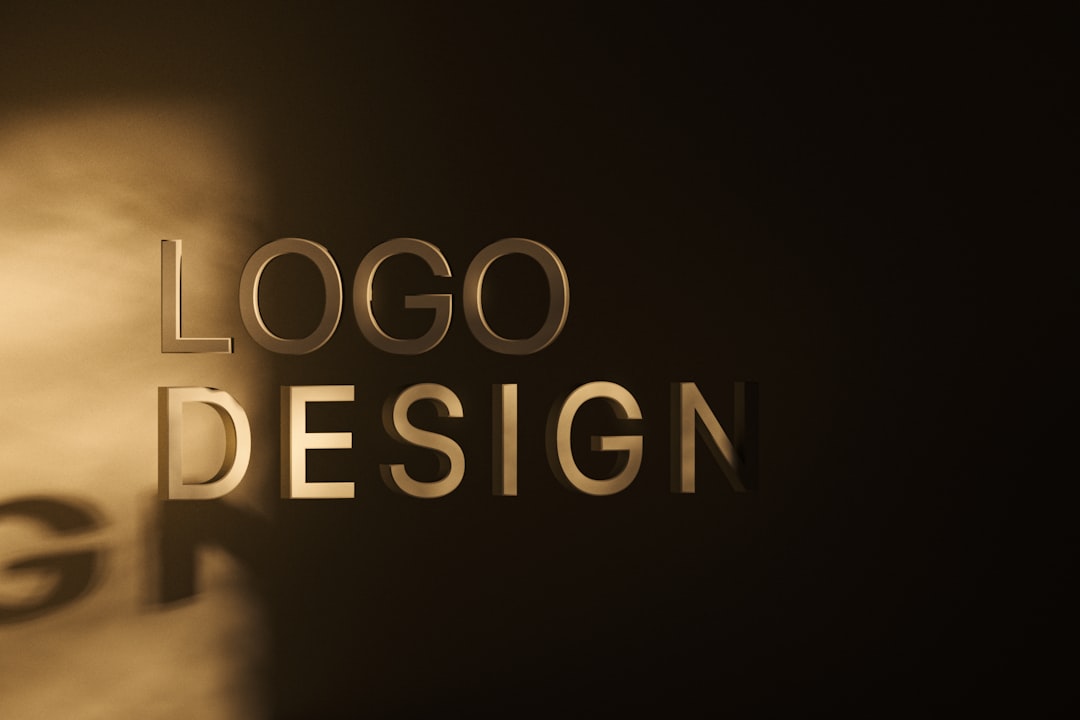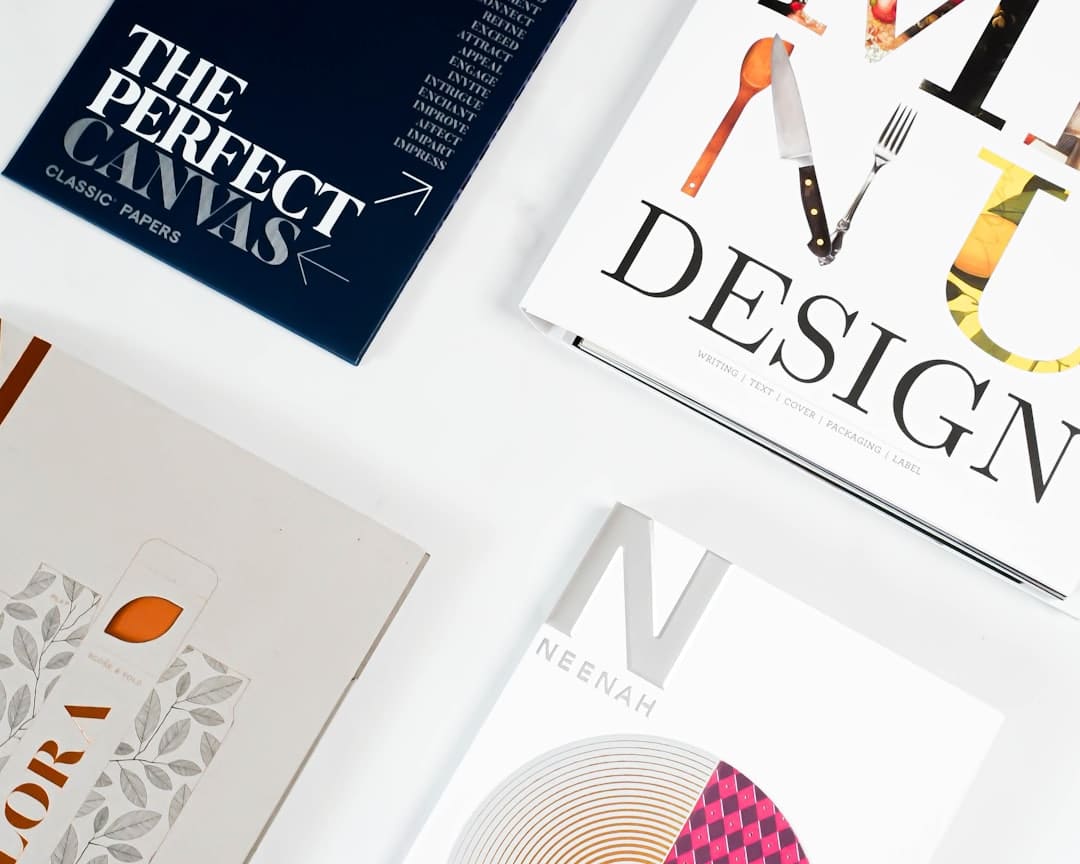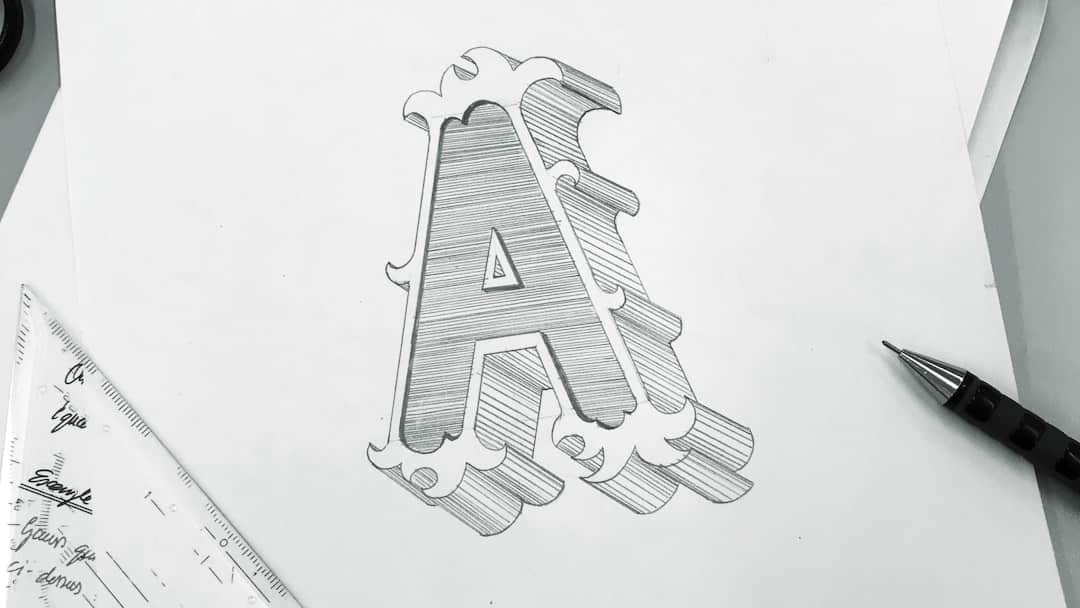As businesses continue to evolve in the digital-first landscape, the identities they cultivate through their visual design are shifting rapidly. Logos—still the bedrock of a brand’s image—are now being shaped by emerging aesthetic technologies, platform requirements, and consumer expectations. In 2025, the most prominent shifts in logo design will center around gradients, motion, and minimal line work, creating a modern visual language that speaks to clarity, adaptability, and emotional engagement.
Contents
TLDR
In 2025, logo trends are pivoting toward emotionally rich and digitally adaptive aesthetics. Expect to see a resurgence of vivid gradients for depth, motion logos for dynamic brand stories, and a strong preference for clean minimal line designs to ensure readability across devices. These trends reflect brands’ desire to modernize while maintaining accessibility and scalability. The influence of digital platforms, AI tools, and user-centric design has become undeniable.
The Return and Rise of Gradients
After a brief decline during the 2010s minimalism wave, gradients have come back with a powerful makeover. Unlike the flat or two-tone gradients of yesteryear, today’s iterations are sophisticated, multi-dimensional, and adaptive across digital touchpoints. Brands are using gradient design to infuse their logos with emotional resonance, brand personality, and visual depth.
Instead of treating gradients as decorative flourishes, designers in 2025 are integrating them as a primary design element that brings purpose and intent. This technique is especially effective in digital platforms where the extra depth can make a logo more engaging on high-definition screens and mobile interfaces.
- Subtle Multi-Stop Gradients: These are gradients with three or more color transitions, offering a rich, layered appearance.
- Animated Gradient Logos: Gradients that shift subtly over time, providing a living identity without overwhelming the viewer.
- Gradient-Based Identity Systems: Entire brand identities being woven around gradient transitions to strengthen brand memory.

Examples of brands rejuvenating their identity with gradients include some of the biggest tech and creative companies. From Spotify’s vibrant greens to Instagram’s warm spectrum, gradient use is strategically chosen to evoke specific moods and user engagement. In 2025, we expect such implementations to become more daring and customized.
Motion as a Core Brand Element
With the rise of immersive digital environments—from apps and websites to AR/VR platforms—static identity elements no longer suffice. This has given birth to the expanding use of motion in logo design. Animation isn’t just a flair; it’s becoming integral in identifying how a brand moves through the digital ecosystem.
Motion logos can adapt to context, mood, and platform. They’re dynamic, narratively engaging, and offer a unique opportunity to inject personality directly into the branding experience.
- Functional Micro-Animations: Think of a subtle pulse, bounce, or fade-in when an app loads—motion that reinforces identity while serving a UX purpose.
- Mood-Based Identity: Motion elements that shift dynamically in tone or complexity based on time of day, user interaction, or geography.
- AI-Generated Logo Animations: With AI tools, brands are rapidly producing multiple motion variations of their logos tailored to specific user segments or platforms.

The challenge lies in ensuring that these animated identities still remain identifiable in their static forms—for use in print, merchandise, or areas where interactivity is not possible. Thus, brands are now designing logos with transition logic—a visual guide for how the static version shifts into its kinetic counterpart.
Minimal Lines, Maximum Impact
While gradients and motion create visual richness, the underlying structure of 2025’s best logos remains firmly minimalist. This is where the trend toward minimal line work plays a crucial role. Lean lines, clear geometry, and maximum white space are not signs of design laziness, but of strategic clarity. Minimalist line logos scale beautifully across devices, simplify localization, and work well across light and dark modes.
There is a growing need, especially among tech startups, for flexible mark systems that can adapt globally. In this context, simple vector line artists are being brought into branding processes to deliver ultra-clean work that can serve both as icons and standalone logos.
- Linear Monograms: Composed initials or abbreviations with a geometric line framework, used especially in luxury and B2B sectors.
- Outline-Only Logos: Often used in SaaS, fintech, and health tech, these evoke trust and clarity.
- Negative Space Utilization: Cleverly carved shapes within line logos to convey multiple brand layers with minimal form.
One of the major drivers behind this minimal-movement is accessibility and interoperability. With logos now being applied across NFTs, apps, minimal stampings, robotic interfaces, and even IoT displays, a complex logo is more likely to fail under reduced dimensions. A streamlined voice is not only modern—it’s future-ready.
The Technology Behind the Shift
Design trends are never purely aesthetic—they often follow leaps in software and user behavior. The current trajectory in logo design is a logical consequence of several tech-driven factors, including:
- Increased Access to Design AI: AI-based platforms like Adobe Firefly or Midjourney are helping designers generate variations and animations at scale, leading to faster iteration cycles and innovation in brands’ visual language.
- Widespread Adoption of 4K and OLED Displays: These devices make finer details and soft gradients shine, pushing designers to refine color compositions and transitions.
- Rise of Short-form Interactions: As logos now appear in 2-second social clips or app icon fly-ins, instant recognition combined with visual delight is crucial.
The upshot is that logo design is no longer just about looking good on a letterhead. It’s a responsive system that stretches across diverse digital terrains, and the tools now enable that ambition to be realized affordably.
Best Practices for Brands Adopting 2025 Trends
For businesses and design houses preparing to reposition their visual identities, understanding how to integrate these logo trends wisely is paramount. Here are some trusted guidelines:
- Test on Real Devices: Ensure gradient detail and motion visibility work across all major screen types and connection speeds.
- Design a Static-Friendly Variant: Every motion or animated logo should have a clean, effective still version that functions globally.
- Use Line Art with Purpose: Minimal doesn’t mean generic—look for unique symbols that resonate with your brand character.
- Maintain Brand Consistency: As designs become more elaborate with motion and color, ensure baseline elements like shape and theme remain recognizable.
Looking Ahead
The future of logo design in 2025 is shaped not by fleeting decoratives but by strategic responsiveness to a digital-first world. As gradients add emotional and atmospheric storytelling, motion injects dynamic life, and minimal lines deliver clarity and utility, the entire ecosystem of branding is being redefined. Businesses that embrace these trends early, with discipline and creativity, will find their brands not only standing out—but moving in sync with the future.

As always, the essence of a good logo is effectiveness. Whether pulsing with animation or drawn with a single stroke, the design must tell a story, form a memory, and build a connection. The tools have changed, the canvas has grown—but the core purpose remains stronger than ever.

